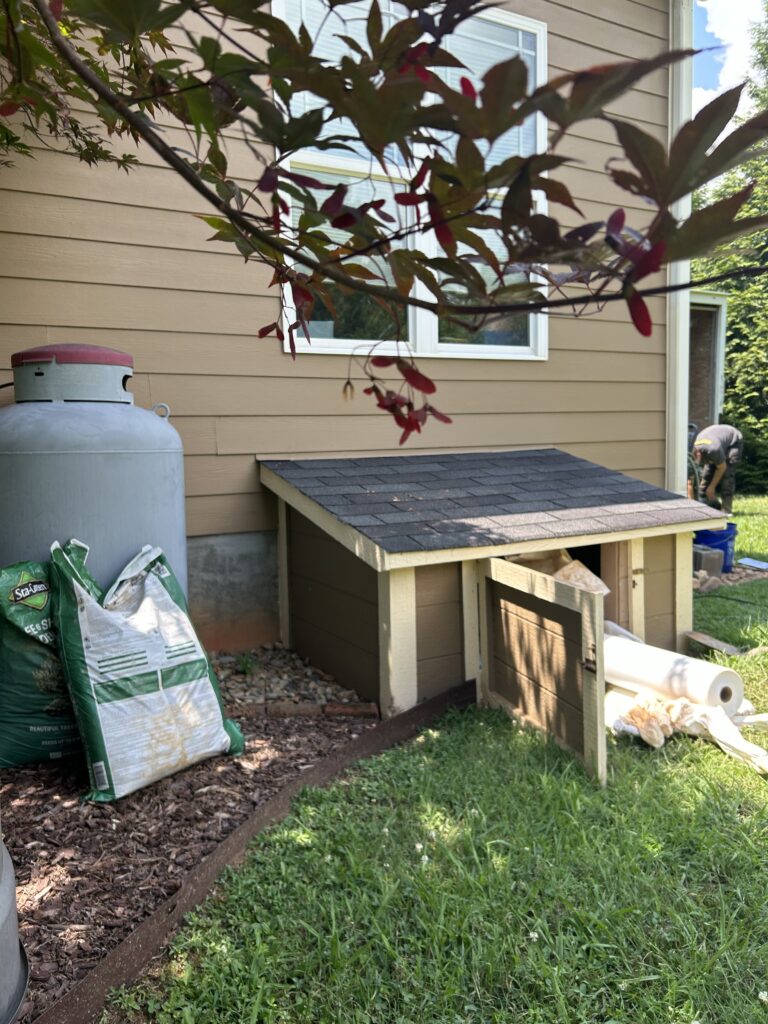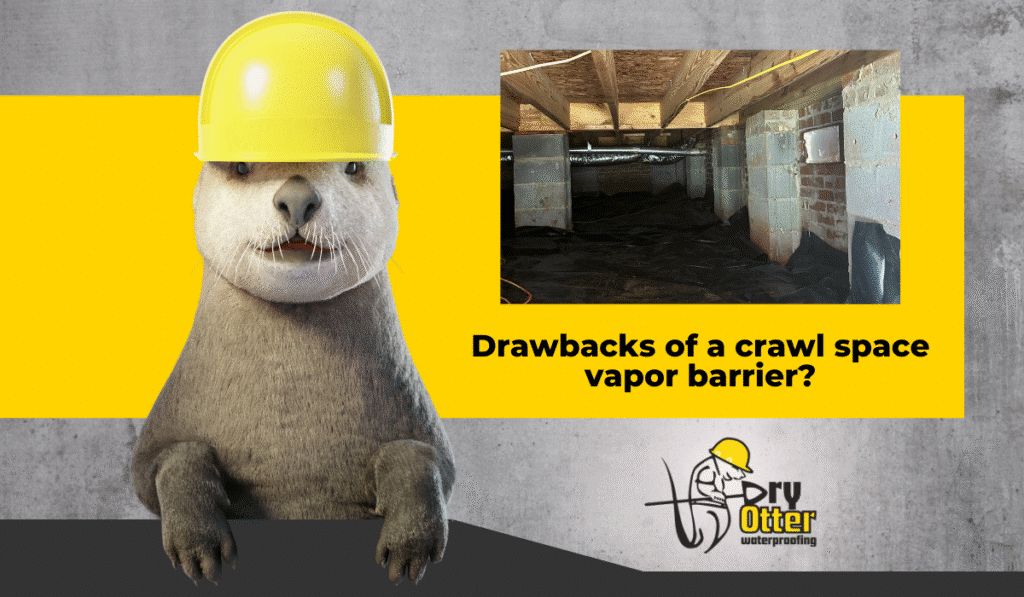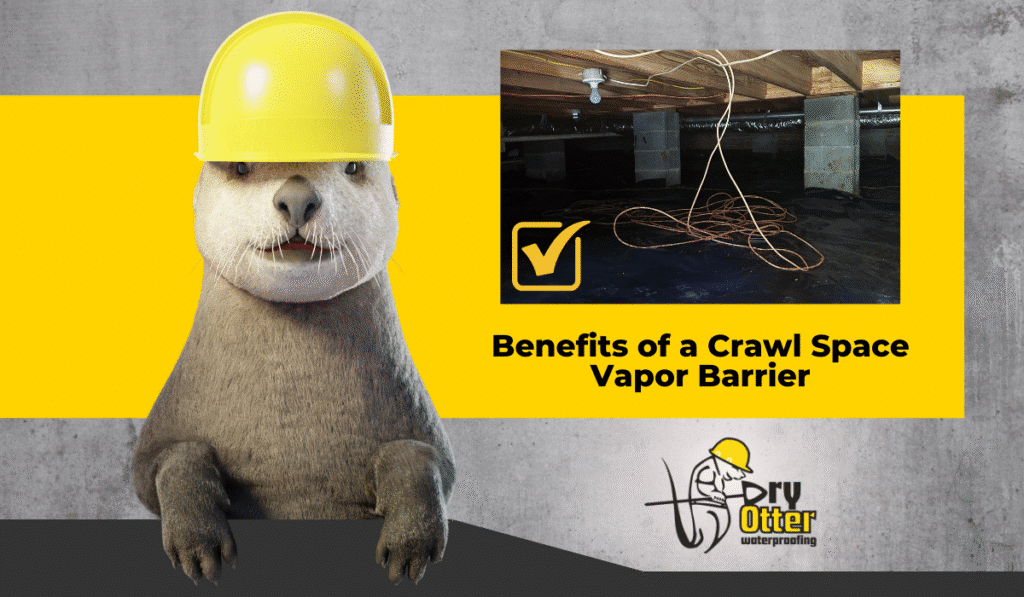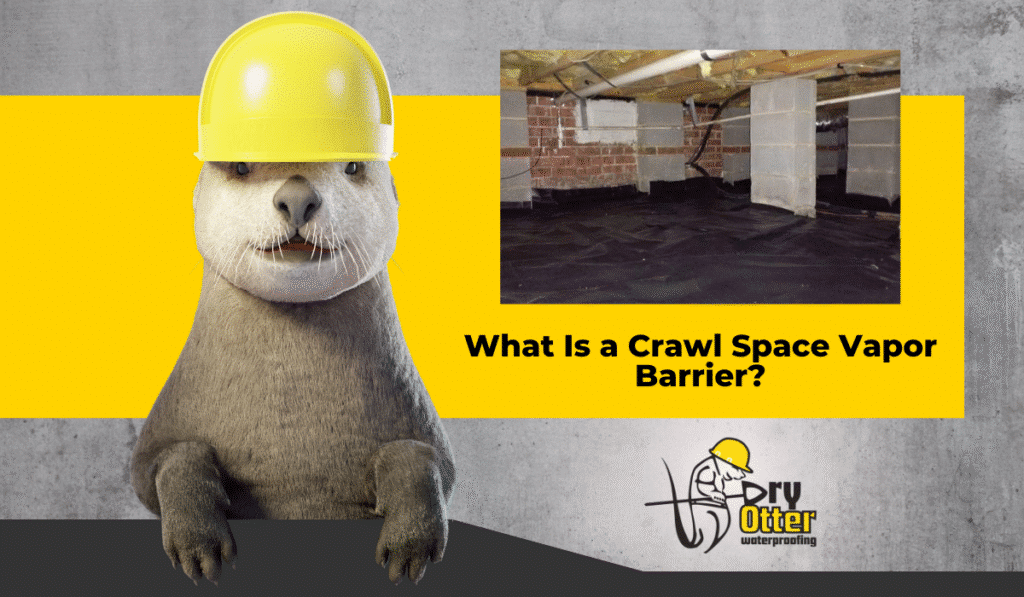Most homeowners never think twice about their crawl space door. It sits low on the foundation, usually made from thin plywood or rusted metal, and its only job seems to be covering a hole. But that small access point plays a much bigger role in protecting your home than most people realize. A weak or poorly fitted door lets moisture, pests, and outside air enter the crawl space. Over time, that can lead to higher humidity, musty odors, cold floors, and insulation damage. Changing the door might sound like a minor upgrade, but the difference it makes can be significant.

Why Crawl Space Doors Matter More Than People Realize
The crawl space is directly connected to the air inside your home. When the access door is loose, rotted, or bent out of shape, it becomes an open pathway for moisture and unfiltered air. That extra humidity settles into the wood framing and insulation. It also invites bugs, rodents, and even snakes looking for shelter. A proper door keeps the crawl space protected from outside conditions, so the environment stays controlled and consistent.
Common Problems with Old or Damaged Crawl Space Doors
Many older crawl space doors are made from wood, which absorbs moisture and begins to warp over time. Others are made from thin metal that rusts and bends out of shape. Some do not close tightly, leaving gaps large enough for air and pests to pass through. Even brand-new homes sometimes come with flimsy access covers that barely latch. These problems may seem small, but they can lead to larger moisture issues throughout the crawl space if ignored.
What Makes a Good Crawl Space Door
A quality crawl space door should be strong, weather-resistant, and properly insulated. It should sit tight against the foundation with no gaps that allow air or insects to enter. Materials like composite, PVC, or heavy-duty plastic hold up far better than wood or metal. A good latch system ensures the door stays tightly closed, even during extreme weather. Just as important, the door should be installed flush and properly fitted so it does not shift over time.
Why a Properly Fitted Door Supports Moisture Control and Insulation
Keeping outside air from entering the crawl space helps maintain consistent temperature and humidity levels. When the crawl space stays dry and stable, insulation works better, floors stay warmer, and energy bills stay lower. The access door might not control all the moisture on its own, but it plays a key part in keeping the environment contained. Without it, even the best moisture control systems have to work harder.
Part of a Bigger System
Replacing a crawl space door is a smart first step toward protecting the foundation of your home. However, it should be part of a complete moisture management plan. Closing vents, adding a vapor barrier, and installing a dehumidifier will provide total protection. A strong door then acts as the front line that keeps everything working the way it should.
You Otter Be Dry.






